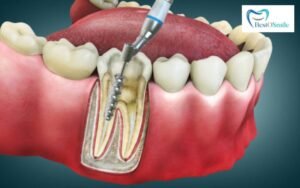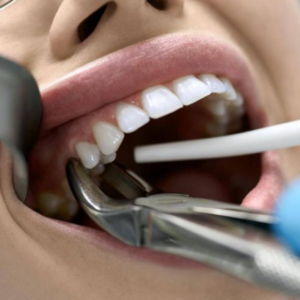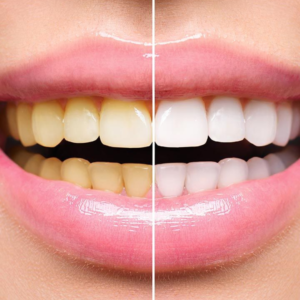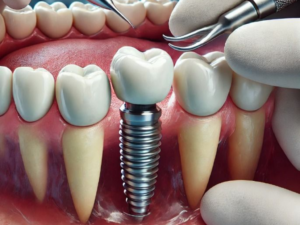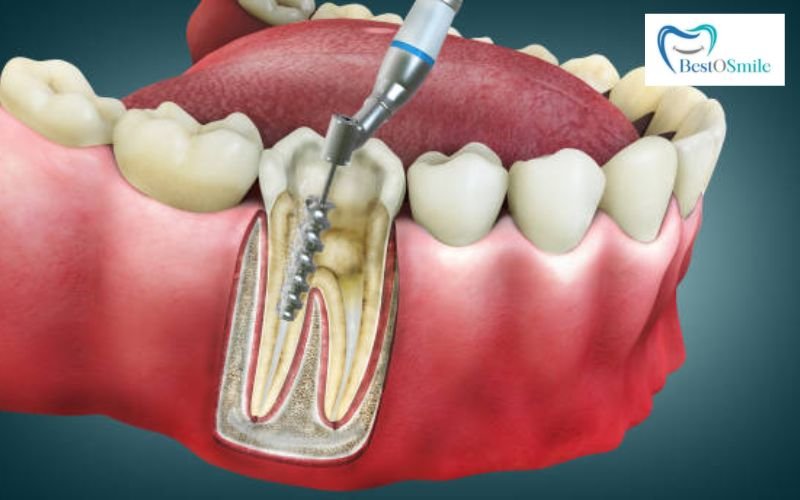Tooth extraction is a common dental procedure that involves the removal of a tooth from its socket in the jawbone. While losing a tooth can feel daunting, tooth extraction is often necessary to prevent further dental complications and maintain overall oral health. In this article, we will discuss the reasons for tooth extraction, the procedure itself, the recovery process, and important considerations for patients contemplating this treatment.
Why Do You Need a Tooth Extraction?
Tooth extraction is typically recommended when the tooth cannot be saved through other dental procedures, such as fillings or root canals. Some common reasons for tooth extraction include:
- Severe Tooth Decay or Infection: When a tooth is severely decayed or infected and cannot be restored with a filling or root canal, extraction may be the best option to prevent the spread of infection to other parts of the mouth.
- Crowding: If there is insufficient space in the mouth, teeth may become crowded, especially before orthodontic treatments like braces. In these cases, a tooth may need to be removed to make room for proper alignment.
- Gum Disease: Advanced gum disease can cause damage to the supporting structures of the teeth, leading to looseness or mobility. Extraction may be necessary to prevent further damage to the surrounding teeth and gums.
- Impacted Wisdom Teeth: Wisdom teeth often fail to emerge properly, becoming trapped in the jaw. These impacted wisdom teeth can cause pain, swelling, and infection, leading to the need for removal.
- Trauma or Injury: Teeth that are severely fractured or broken due to an accident or injury may require extraction if they cannot be repaired.
The Tooth Extraction Procedure
Tooth extraction is typically a straightforward procedure, but the complexity can vary depending on the condition of the tooth and the type of extraction required. There are two main types of extractions:
- Simple Extraction
A simple extraction is typically performed when a tooth is visible and accessible. The dentist or oral surgeon will use local anesthesia to numb the area around the tooth. Once the area is numb, the tooth is loosened using specialized instruments, and then it is removed.
- Duration: Usually takes around 20-40 minutes.
- Procedure:
- Numbing the area with local anesthesia.
- Loosening the tooth from the socket.
- Removing the tooth gently.
- Closing the wound, if necessary, with stitches.
- Surgical Extraction
A surgical extraction may be necessary if the tooth is impacted, broken, or not easily accessible. This procedure is more complex and may involve making a small incision in the gum to access the tooth. In some cases, the tooth may need to be broken into smaller pieces for easier removal.
- Duration: Can take 45 minutes to an hour, depending on the complexity.
- Procedure:
- Administering local anesthesia or sedation for comfort.
- Making an incision in the gum tissue to expose the tooth.
- Removing the tooth, possibly in pieces.
- Stitching the incision closed.
What to Expect After Tooth Extraction
After the extraction procedure, proper care is essential to ensure a smooth recovery and reduce the risk of complications. Here are some things to expect and tips to help you manage the healing process:
- Pain and Discomfort
It is normal to experience some pain, swelling, and bruising after the procedure. Your dentist may recommend over-the-counter pain medications or prescribe a stronger pain reliever. Applying a cold compress to the outside of your face may help reduce swelling.
- Bleeding
It is common to have minor bleeding for the first few hours after the extraction. Bite down on a gauze pad to help control the bleeding. If bleeding continues or worsens, contact your dentist immediately.
- Swelling
Swelling is a natural part of the healing process. To minimize swelling, apply an ice pack to the affected area for the first 24 hours. After 24 hours, you can switch to warm compresses to promote healing.
- Dietary Restrictions
For the first few days after extraction, it’s important to eat soft foods and avoid chewing on the side of the extraction. Stick to foods like yogurt, mashed potatoes, soups, and smoothies.
- Oral Hygiene
Maintaining oral hygiene after extraction is crucial to prevent infection. Gently rinse your mouth with warm salt water after 24 hours to help keep the extraction site clean. Be careful not to brush directly on the extraction site during the first few days.
- Follow-up Appointments
Your dentist may schedule a follow-up appointment to monitor the healing process and remove any stitches. It is essential to attend these appointments to ensure that everything is healing properly.
Potential Risks and Complications
While tooth extraction is generally safe, there are some potential risks and complications to be aware of, including:
- Dry Socket: This occurs when the blood clot that forms in the extraction site is dislodged or doesn’t form properly. Dry socket can lead to intense pain and requires immediate treatment. To avoid dry socket, follow your dentist’s post-operative care instructions carefully.
- Infection: Although rare, infections can occur after tooth extraction. Symptoms of infection include increased pain, swelling, redness, or fever. If you notice any of these signs, contact your dentist promptly.
- Nerve Injury: In rare cases, nerve injury may occur during the extraction, leading to numbness or tingling in the tongue, lips, or chin. This is more common with lower wisdom teeth extractions and may resolve on its own, but in some cases, further treatment may be required.
- Excessive Bleeding: Some bleeding after extraction is normal, but excessive bleeding can be a sign of a complication. If bleeding does not stop with pressure, it’s important to seek professional help.
When to Seek Professional Help
While most tooth extractions are routine, there are times when it’s essential to seek professional help:
- If you experience severe or prolonged pain.
- If you notice unusual swelling or signs of infection, such as fever or pus.
- If the bleeding does not stop after applying pressure for 30 minutes.
Alternatives to Tooth Extraction
If you are hesitant about tooth extraction, it’s important to discuss alternative treatments with your dentist. Depending on the situation, other treatments such as:
- Root Canals: Can save a tooth that is severely decayed or infected.
- Crowns or Fillings: Can restore a tooth with extensive damage.
- Orthodontics: May help with crowding without the need for extractions.
Your dentist can help determine the best course of action based on your individual needs.
Conclusion
Tooth extraction is a necessary procedure in many cases where a tooth is beyond repair, or when it is causing significant health problems. Whether it’s due to severe decay, gum disease, or trauma, understanding the procedure and recovery process can help you feel more at ease. Always follow your dentist’s instructions carefully, and do not hesitate to contact them if you have concerns during your recovery.
By taking proper care of your teeth and seeking regular dental check-ups, you can help prevent the need for extractions and maintain a healthy, beautiful smile.


